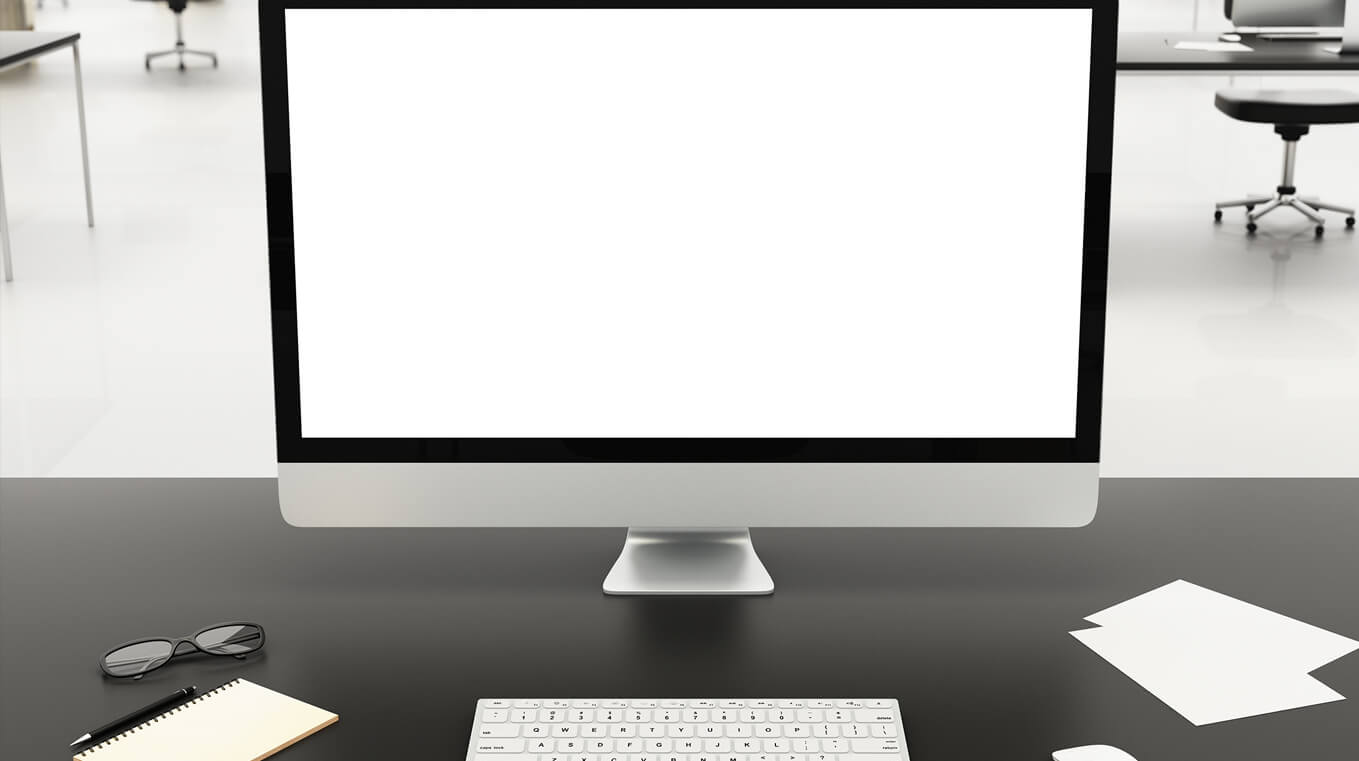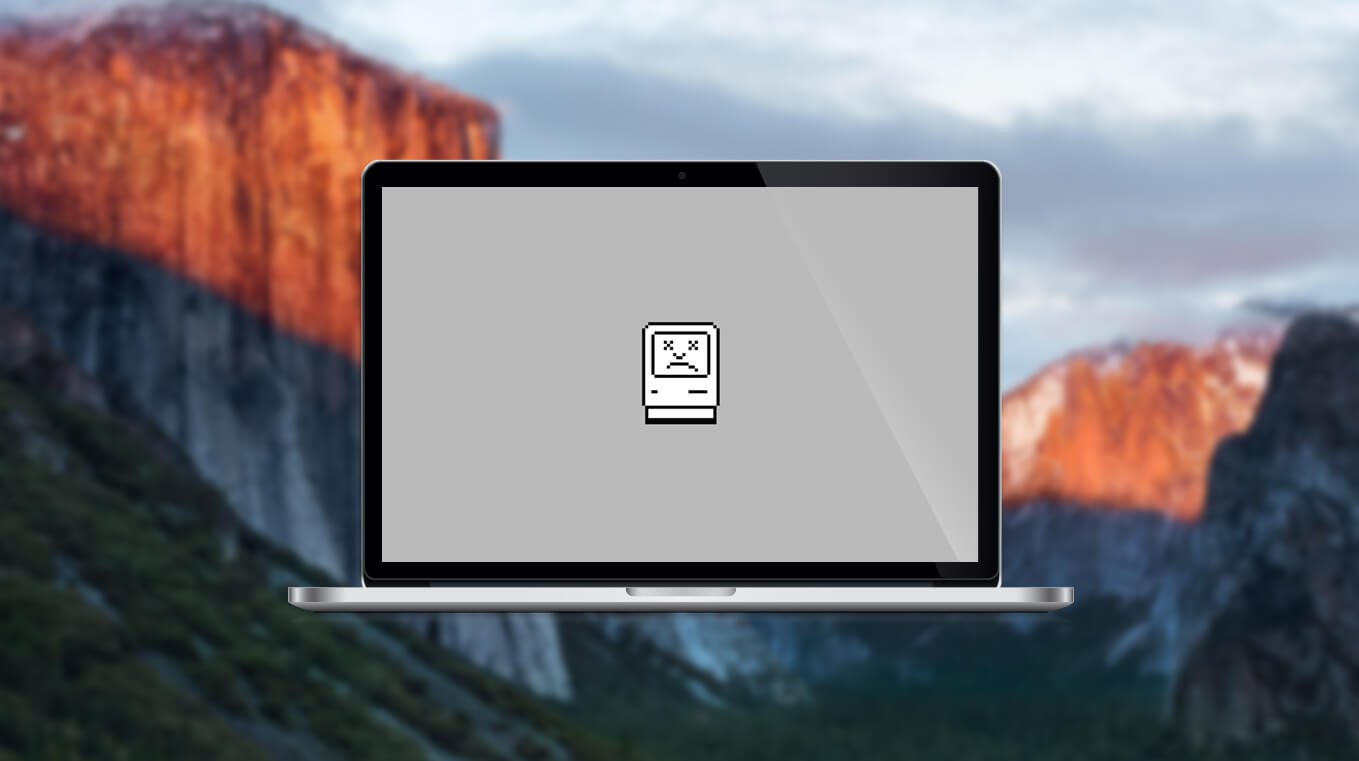
The First Things You Should Do after Getting a New Mac
So you’ve just purchased a new Mac computer, be it a laptop or a desktop, and you can’t wait to dive in and start moving all of your files and data over to the new machine. Before you do any of that, though, there are a few steps you should take to ensure the overall safety and security of your new computer.
One of the great things about Mac is that Apple really designed them to be used right out of the box, providing users with a range of pre-installed apps and settings that will make you feel at home right away. Still, from passwords to software updates, safety and security are two things that you won’t be quite ready to go when you pull your Mac out of the box and boot it up for the first time. Following the checklist below before you do anything else will hopefully help to ensure years of positive experience as a Mac owner.
Create a User Account for Day-to-Day Use
Both computer security experts and Apple itself advise Mac buyers not to use an admin account for regular computer use. Admin accounts can install any software, access and edit all System Preferences, and control other aspects of the computer system that a regular user account would not be able to access. Obviously, you will need to use the admin account on your Mac every once in awhile to make notable changes to the system. However, the fact is that almost no average Mac user will need to use admin privileges on a day-to-day basis. They could, however, accidentally alter or delete a sensitive system file or install malicious software without realizing it—both mistakes that using a standard account can help prevent.
As you set up your user accounts for your new Mac—something that your Mac will prompt you to do automatically the first time you boot up the machine—set up an administrator account, but then set up a second account for your day-to-day use. When using the second account, you will inevitably find yourself needing admin privileges—probably to install new software. When this happens, your computer will prompt you for a username and password, at which point you can enter your admin information to access admin privileges. In other words, you don’t have to logout of one account and jump over to the other every time you need to make administrative changes, but you will think a little bit more critically about the changes you are making to your system and whether or not they are smart.
Choose a Strong Password
Creating a strong password for each of your Mac user accounts—especially your admin account—is of pivotal importance to making sure your computer is safe from threats both physical and digital. You can read our full article on how to create a great password (link to password blog we wrote yesterday), but to start, shoot for a password that mixes numbers, uppercase and lowercase letters, and symbols in a relatively long password. You want your password to be something that is virtually impossible to guess, so not using predictable pieces of information (a birthdate, a pet’s name, or a significant other’s name) is also good practice.
Turn On Firewall
Macs do have a built-in firewall feature, but it isn’t enabled by default, which means you will have to turn it on yourself to provide your computer with extra protection. A firewall is not antivirus software, but rather a safeguard that will prevent unauthorized access to your computer system and your network without keeping you from connecting to the internet. On Mac, all you have to do to enable the firewall is open the System Preferences menu, select “Security & Privacy,” choose the Firewall tab, and click “Turn On Firewall.” Please note that you may need to click the lock icon in the lower left-hand corner of the screen and authenticate with your username and password. This authentication step will make it possible for you to make changes to your firewall settings.
Update Your Operating System and Software
Inevitably, when you purchase a Mac, it will have been sitting in a box for a considerable period of time and won’t have the most up-to-date operating system, app software, and security patches installed. Sometimes, your Mac will just be a few updates behind; other times, it could be years behind—like if you buy an older MacBook Pro that has Mavericks installed instead of the current El Capitan. Either way, updating your operating system and app software will make sure you are not only getting the most secure version of Apple’s software, but also that you are getting the most out of what your Mac can do.
To update your operating system, apps, and security patches, open the App Store in your Launchpad and select the “Updates” tab from the top of the window. This page should list all of the updates that are available for your Mac—including the operating system and any pre-installed apps. Click “Update All” at the top of the list to do a comprehensive update.
Better yet, set up your Mac to always update itself as soon as updates become available. To do this, open System Preferences, select App Store in the preferences window, and check the boxes next to “install app updates” and “install OS X updates.” This precaution will keep your computer as up-to-date as possible, which will minimize the number of vulnerabilities or bugs that could impact your machine.
Install Antivirus Software
It’s been said so many times that “Macs don’t get viruses” that most people have started to actually believe it. But while there are fewer types of malicious software that target the OS X operating system than, say, Microsoft Windows, such programs do exist and do pose a threat to your computer. Installing good antivirus software on your system can safeguard against viruses, worms, Trojans, and all other types of malware. Best of all, the selection of good antivirus programs available for Mac is growing, from paid options like Trend Micro Antivirus for Mac and McAfee Antivirus Security, to stellar freeware like Avira Antivirus for Mac and Avast Free Mac Security.
Have you completed each step on the list above? If so, you are ready to move your files over to your new computer, download new apps from the App Store, and start surfing the web! We hope your experience as a Mac user is nothing but positive.


